How To Wear A Hiking Backpack?

Wear a hiking backpack by adjusting the shoulder straps evenly to ensure the pack rests comfortably on your shoulders while keeping the load centered. Next, secure the hip belt around your hips.
Buckle the sternum strap across your chest to stabilize the shoulder straps and prevent them from slipping. When wearing the hiking backpack, distribute weight evenly with heavier items at the bottom.
Use compression straps to secure the load and maintain stability. Finally, fine-tune all straps for optimal comfort, ensuring the bag feels balanced and does not pull you backward or forward.
How To Adjust Trekking Backpack Strap?
Here’s step-by-step guide on how to adjust the straps step by step:
Loosen Straps
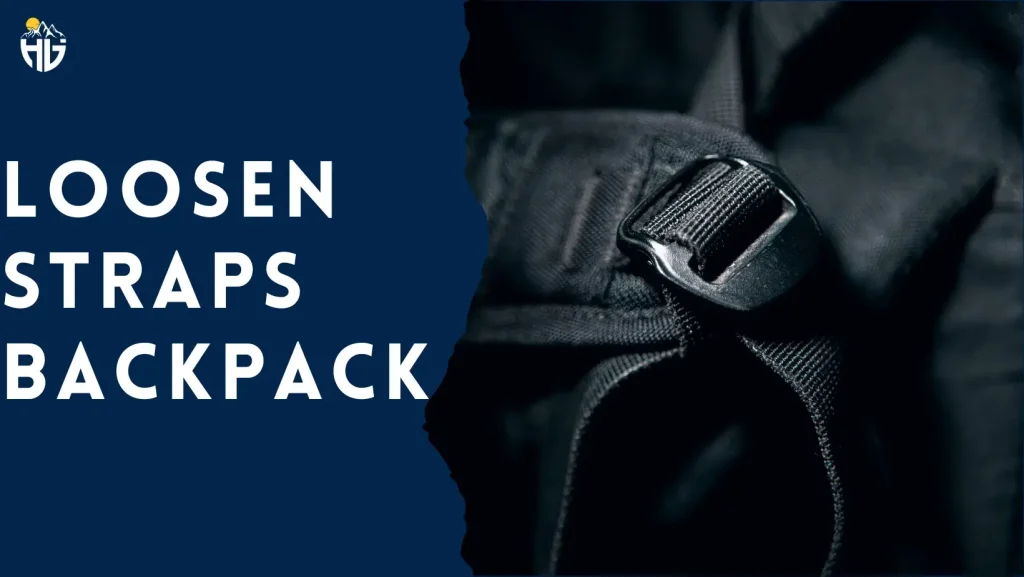
Before putting on the backpack, ensuring that all straps are at their maximum length is a crucial preparatory step. This adjustment prevents the bag from feeling excessively tight or restrictive right from the start.
Starting with the straps fully extended creates a “blank canvas,” making it easier to fine-tune each strap to your specific body shape and size. This ensures a secure, comfortable, and well-balanced fit for your journey ahead.
Put on the Hiking Backpack

Begin by holding the backpack with both hands, gripping the top handle or straps, and keeping it close to your body. Avoid hunching or leaning forward, as this can strain your back.
Gently slide your arms one at a time through the shoulder straps of the bag. Ensure that each strap is over the corresponding shoulder.
Use your hips to wear the hiking backpack into its optimal position. As you do this, make sure the backpack sits flat against your back, with the weight centered and close to your body.
Take a moment to adjust the shoulder straps if necessary, ensuring they are snug but not overly tight.
It evenly distributes the weight of the bag and allows you to move with ease during your activities.
Shoulder Straps Backpacks
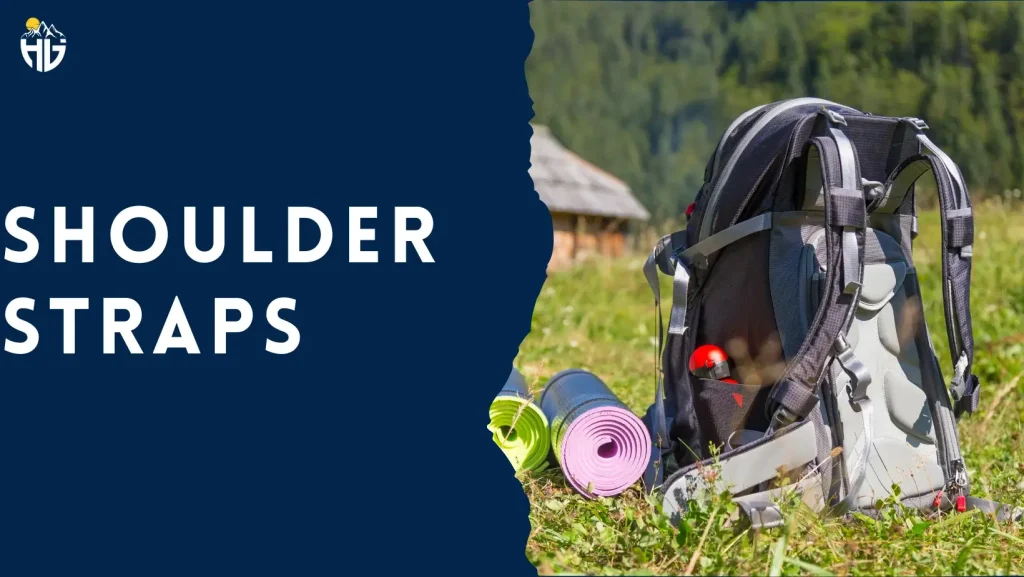
Begin by adjusting the shoulder straps of it, a pivotal step in ensuring a comfortable and secure fit. To do so, locate the adjustment tabs or straps, usually situated near the top of the shoulder straps where they connect to the backpack body.
With these in hand, pull them gently to tighten both sides evenly, aiming for a symmetrical fit. It’s crucial to avoid over-tightening, as this can lead to unnecessary pressure.
Walk around, shift your weight, and perform some movements to test the comfort and stability of the shoulder straps.
Hip Belt of Hiking Rucksack Bags
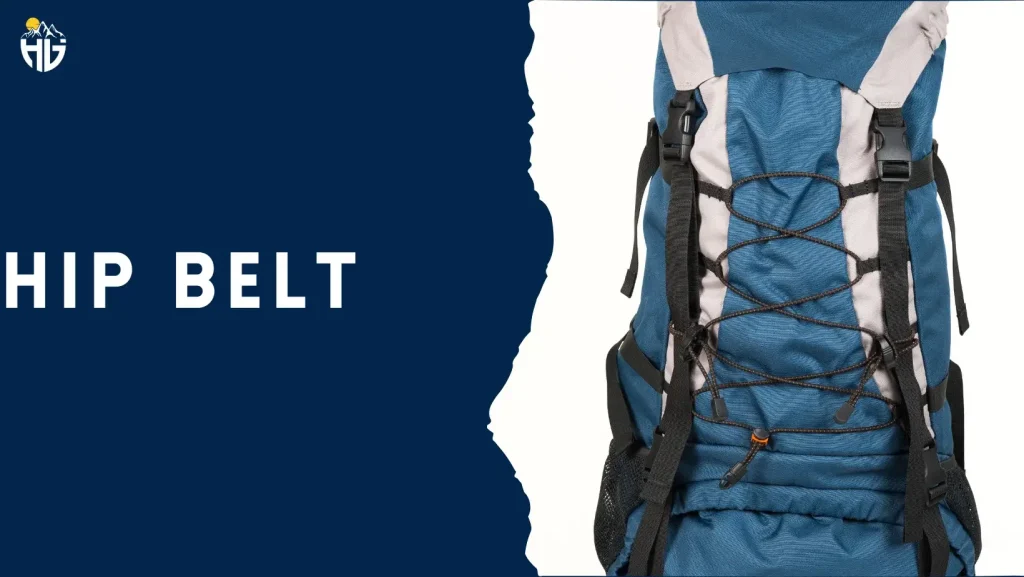
Make sure you fasten it securely, but not to the point of excessive tightness. The primary purpose of the hip belt is to shift the majority of its weight onto your hips, which are better equipped to support such loads compared to your shoulders.
Adjust the hip belt’s tension thoughtfully, finding the right balance between snugness and comfort.
Use Sternum Strap for Best Fit
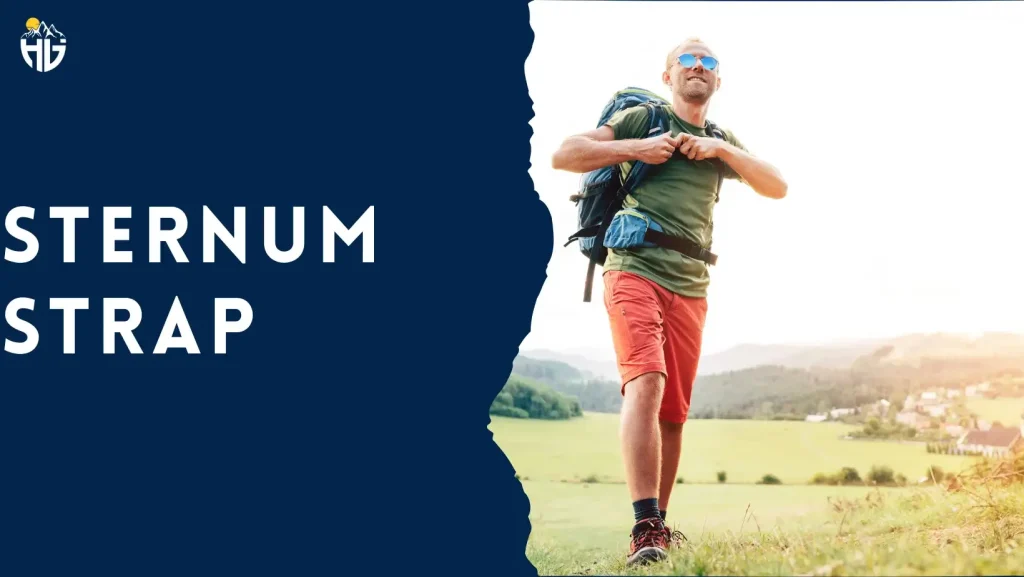
When adjusting the sternum strap, consider your personal preference and comfort. It should typically sit at a height just above your heart, ensuring that it doesn’t restrict your breathing or cause any discomfort.
Finding the right height and tension for the sternum strap is essential to wear a hiking backpack. It contributes to your posture and comfort, particularly during prolonged activities or hikes.
Check out Our Hiking Training Guide!
Load Adjustment Straps
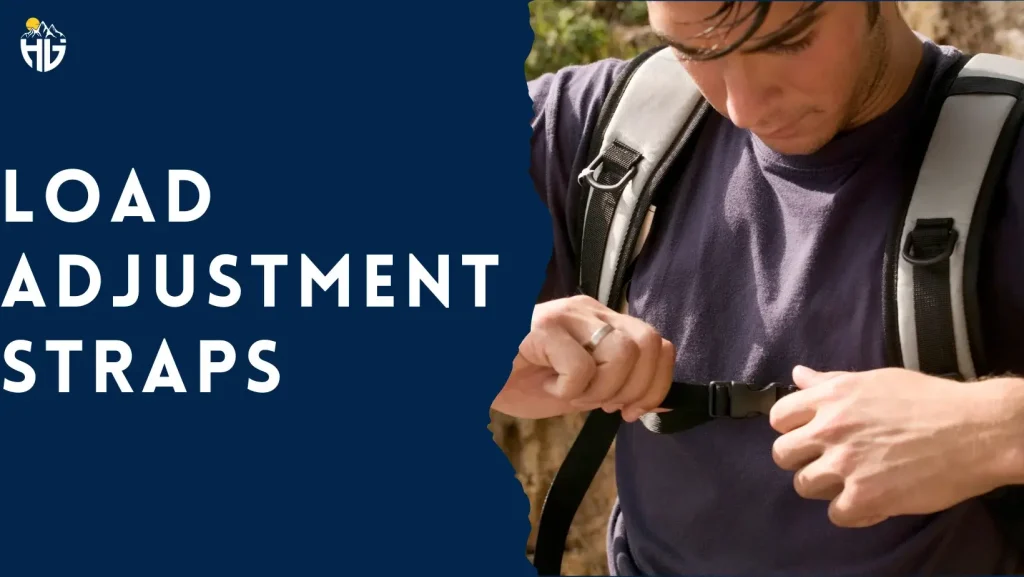
Begin by identifying these straps, which are typically located near the top of the shoulder straps or close to the collarbone area.
Before making any adjustments, ensure they are fully loosened, especially if they were previously tightened.
To start the adjustment process, put on your bag while making sure that all other straps, such as the shoulder straps and hip belt, are fastened and adjusted to your liking.
Gradually tighten the load adjustment straps, pulling them gently on both sides. As you do this, pay attention to how the weight feels on your back.
To ensure that your adjustments are effective, walk around and perform various movements to gauge your comfort and mobility.
The backpack should feel secure without causing discomfort or restricting your range of motion.
Get the Best Diet For Your Hiking
Compression Straps on the Sides
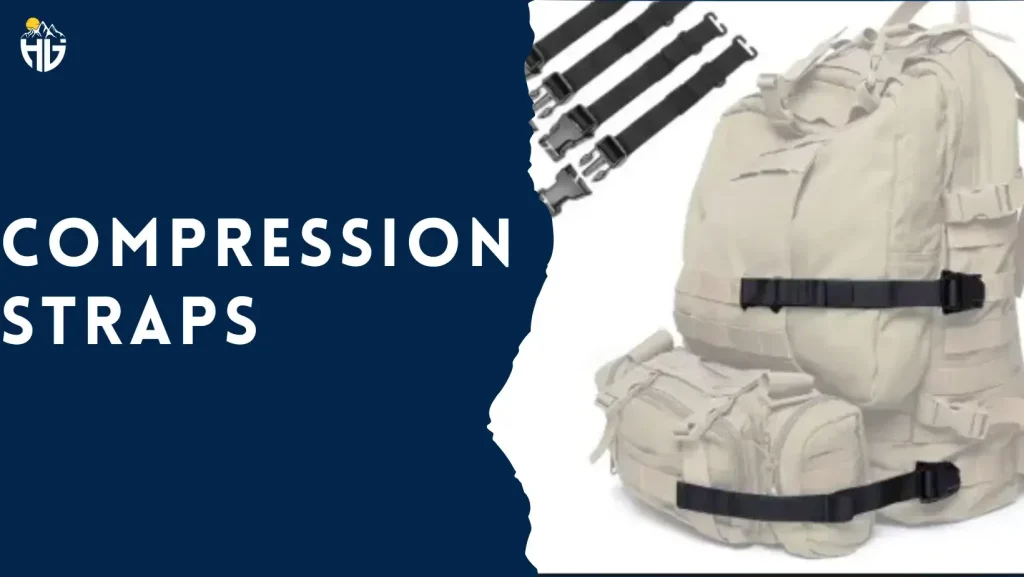
To adjust the compression straps on your bag, start by locating these essential components.
Compression straps are usually situated on the sides of your backpack, and sometimes, there may be additional straps on the front. These straps consist of adjustable webbing and buckles, that helps you wearing the hiking backpack the best way.
Before making any adjustments, ensure that the compression straps are fully loosened. Once your bag is loaded, and you’re ready to secure the contents, begin tightening the compression straps.
Grasp the free end of each strap, pull it gently to remove the slack, and then fasten the buckle. Ensure that the tension is evenly distributed on both sides to prevent imbalance.
As you tighten the compression straps, observe how your backpack’s contents respond. The straps should snugly compress the load, preventing items from shifting or bouncing while you’re on the move.
This added stability is especially important during activities like hiking, where maintaining balance is crucial.
Fine-Tuning
Walk around and shift your weight from side to side. Make any necessary adjustments to ensure that it feels balanced and comfortable. If you feel any discomfort or pressure points, address them by tweaking the strap tension.
5 Factors To wear hiking Backpack Straps Comfortably

Here are five key factors that contribute to the comfort of straps:
Padding
It provides cushioning against pressure points and minimizes the risk of chafing or soreness during extended use. Well-padded straps distribute the load more evenly, reducing discomfort.
The Most Durable Hiking Gears
Adjustability
Proper adjustments ensure that the bag fits snugly and securely, preventing it from shifting or causing strain. The ability to fine-tune the fit is essential for overall comfort, especially during long hikes or commutes.
The Best Outfits for Hiking!
Load Distribution
Straps should effectively transfer the weight of it to the hips, relieving the shoulders of excess weight.
A well-designed hip belt and shoulder strap system ensures that the majority of the load is carried on the hips, reducing strain and fatigue on the shoulders and back.
This factor is especially crucial for heavy backpacks or long journeys.
Use Hiking Poles for Load Distribution!
Breathability
Straps with breathable materials or mesh panels improve air circulation and reduce the buildup of sweat. Proper ventilation helps maintain comfort by keeping users cool and dry, even in hot or humid conditions.
Always Wear Breathable Hiking Boots
Ergonomics
Ergonomically designed straps follow the natural contours of the body, preventing rubbing or pressure points that can lead to discomfort or pain.
Straps that are shaped to fit the body’s curves and movements reduce the risk of chafing or irritation, enhancing overall comfort during wear.
The Must Needed Camping Essentials
How To Adjust Hiking Backpack Torso Length
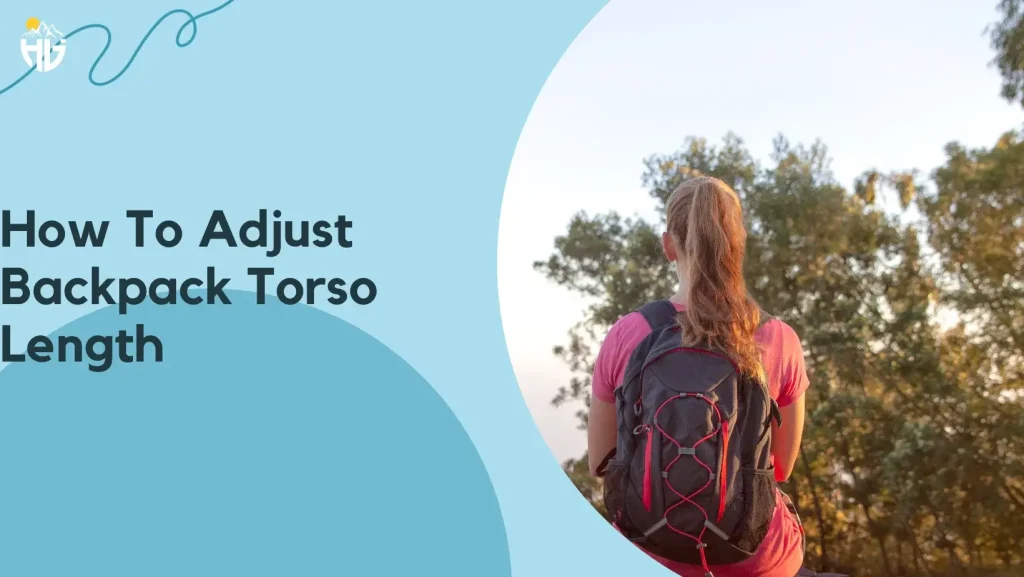
To do this, first locate the torso adjustment system, which can vary between bag models but is typically found near the top of the shoulder straps or along the back panel.
Loosen any straps or fasteners that secure the system in place. Then, adjust the torso length by either sliding a movable harness up or down or by changing the position of attachment points.
Slide it until its shoulder straps align with your shoulders when the hip belt sits snugly on your hips.
Test the fit, walk around, and make any necessary fine-tuning until it feels secure and well-balanced.
A properly adjusted torso length reduces strain and enhances your overall hiking experience.
The Most Beautiful Hiking Trails in the World
Conclusion
Wear hiking backpack and achieve a proper fit is essential for your comfort and overall well-being.
A well-fitted bag distributes weight evenly, reduces the risk of strain or discomfort, and allows you to move freely while maintaining visibility and balance.




